The Salkantay Trail to Machu Picchu is an amazing alternative to the popular Inca Trail. It’s a 74km long scenic trail to the famous archaeological site in the Peruvian Sacred Valley. Unlike the Inca Trail, Salkantay Trail is less busy and can be trekked unguided.
It holds historical and religious significance as a route the Incas took to get to Machu Picchu. The higher elevations were said to bring people “closer to god”. Along the route you have a chance to visit another ancient ruins, Llactapata, with clear views of Machu Picchu.
Salkantay is a moderate to difficult trek. The challenging mountain terrain includes high elevation gains and steep declines. It’s almost twice the distance as the Inca Trail and reaches higher altitude.

The trail is named after Salkantay Mountain. It is the twelfth-highest mountain in Peru forming part of the Peruvian Andes. The highest part of the trek is the Salkantay Pass, reaching 4,640 meters. The trail offers beautiful diverse landscapes including mountains, glaciers, and tropical Andean forests.
We hiked Salktantay Trail in January 2018. We started in the small mountain town of Mollepata, a couple hours from Cusco. Over the next five days we experienced massive highs and lows, both figurately and literally.
Our experience on this trail was both grueling and rewarding. I vividly remember how mentally and physically exhausted we were at the end of it. But at the same time, we felt accomplished and elated. It was an unforgettable adventure. One we still talk about six years later.
Interested in learning about our five day Salktantay Trail Experience? Check out Married Memoirs: Salkantay Trail to Machu Picchu.
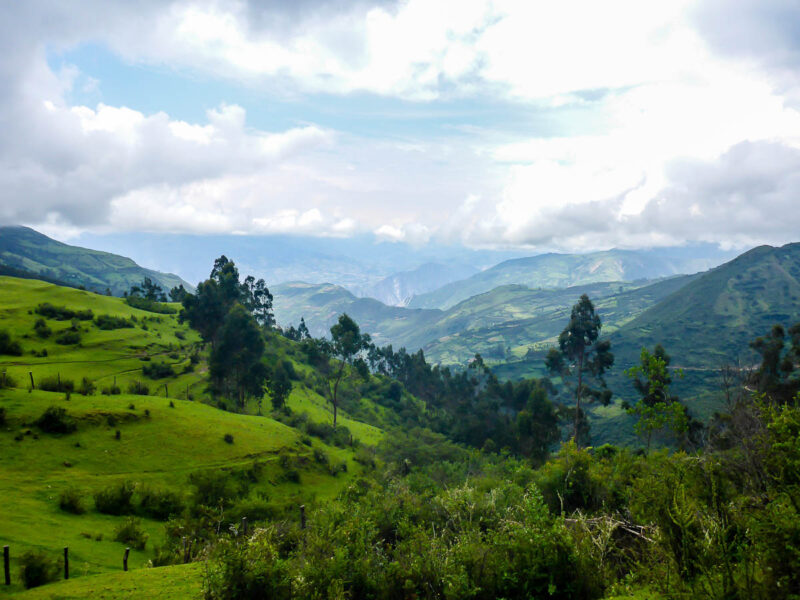
Salkantay Trail Overview
Fast Facts:
- Total Distance: 74km / 46 miles
- Number of Days: 4 or 5 days (depending on starting/ending point)
- Starting point: Mollepata or Soraypampa
- Ending point: Aguas Calientes / Machu Picchu
- Average altitude: 3000m
- Highest altitude: Apacheta or Salkantay Pass, 4640m
- Requirements: Hiking permits are not required. The trek can be done independently or guided. You will need a ticket to get to Machu Picchu.

Typical Route
Cusco to Mollepata – by bus, approximately 100km / 62 miles
Travel time from Cusco to Mollepata takes approximately 2.5 hours. You can travel by bus, car or shuttle. Bus is the least expensive option. We left Cusco at 6am to reach Mollepata early and start our trek the same day.
There is an option to drive all the way to Soraypampa. This is perfect if you are short on time.
Day 1 Mollepata to Soraypampa – 22km, ~1,200m elevation gain, 230m loss
The first day is long with a steady climb. It’s a combination of meandering through farmland with walking along a dirt road.
From Soraypampa, there’s an option to visit Humantay Lagoon, a bright blue lake amidst two tall mountains. It is located between the Salkantay Peak and the Humantay Mountain. Humantay Mountain sits at 5,473m and the lake is about 4,200m.
Humantay Lake is considered one of the most beautiful and sacred lakes in Cusco. It’s about 2km from Soraypampa, but can be challenging due to the altitude and terrain.
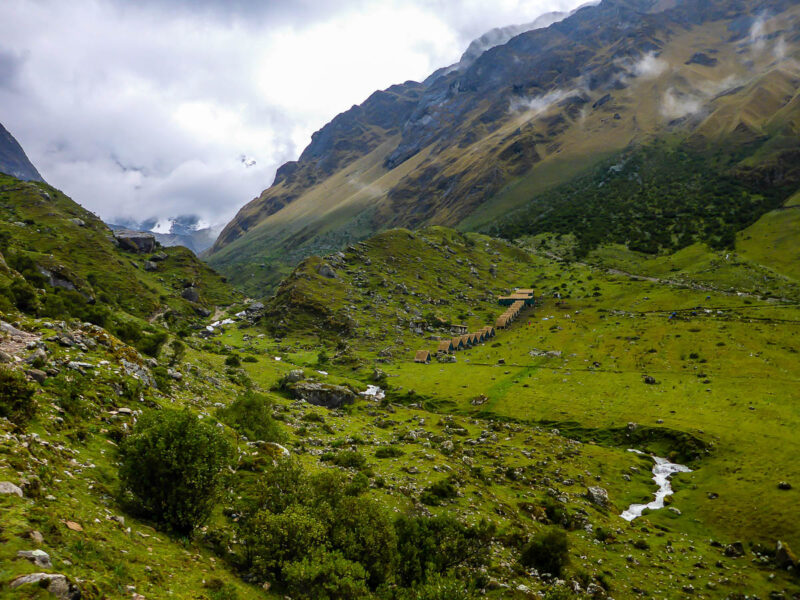
Day 2 Soraypampa to Chaullay via Salkantay Pass – 21km, 771m incline and 1,807m decline.
The second day is arguably the most challenging. You reach the Salkantay Pass, the highest point on the trail. It’s basically a straight up climb for 3 hours. Followed by an almost 2,000m descent.
Day 3 Chaullay to Lucmabamba – 18km, 482m incline & 1,324m decline
The third day should be relatively easy and straightforward. Unless you’re us in 2018. Landslides from heavy rains washed out part of the trail, including a bridge. To read more on our “easy” experience with day 3, check out 5 Day Trek to Machu Picchu: The Salkantay Trail Unguided.
Other people report a relaxing day walking through lush green jungle. Passing coffee and flower plantations. Sights and sounds of hummingbirds and butterflies. Sounds lovely.
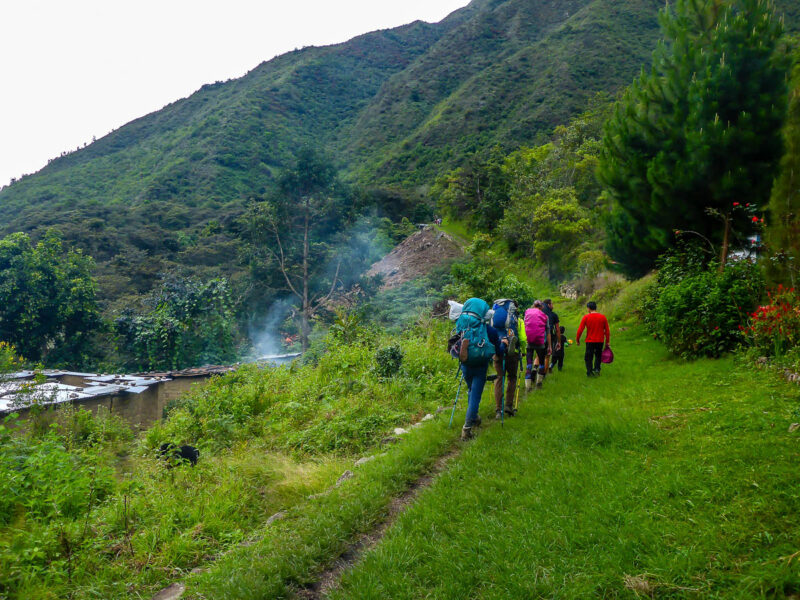
Day 4 Lucmabamba to Aguas Calientes via Hidroelectrica – 21km, 860m incline & 810m decline.
On day 4 you have the option to extend your day and visit ancient ruins. I highly recommend this. It involves a steep climb and subsequent descent, but it is worth it.
Llactapata is an archaeological site about 5 km west of Machu Picchu. It overlooks ravines and a view of Machu Picchu and Huayna Picchu. After many long days of hiking, it’s reinvigorating to get a glimpse of what you are working towards. It’s calming and serene to visit. There’s an overwhelming sense of the importance of this land and its history.
After visiting the ruins, is a steep relenting descent to Hidroelectrica. From there, there is an option to continue walking along train tracks or take a train to Aguas Calientes.
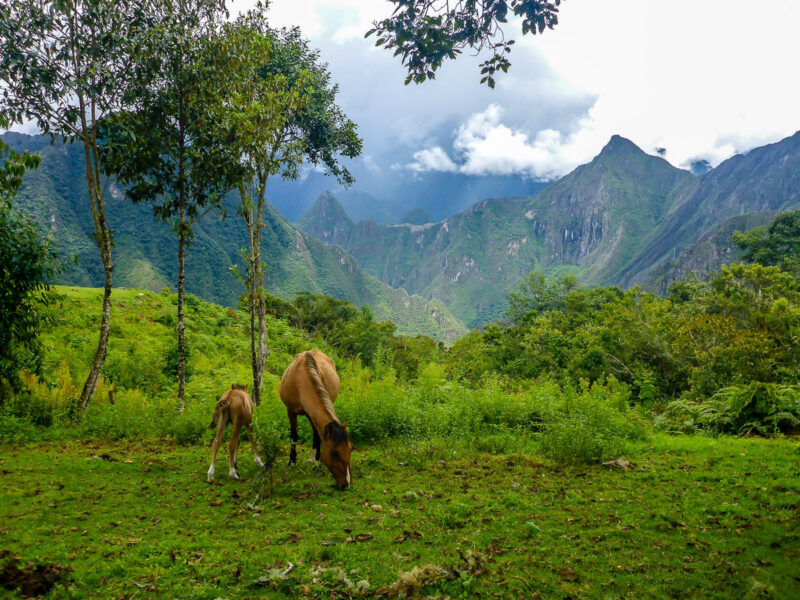
Day 5 Aguas Calientes to Machu Picchu
To get to your final destination you have two options: continue hiking or take a bus.
The bus takes about 40 minutes. The hike takes about an hour and a half and is a straight up 400m climb.
Bonus: Mountains
Once you’ve arrived at Machu Picchu, there’s an option to climb Huayna Picchu and/or Machu Picchu mountains. You’ll want to get your time-slotted tickets in advance. There is a limited number of visitors allowed each day on either mountain.
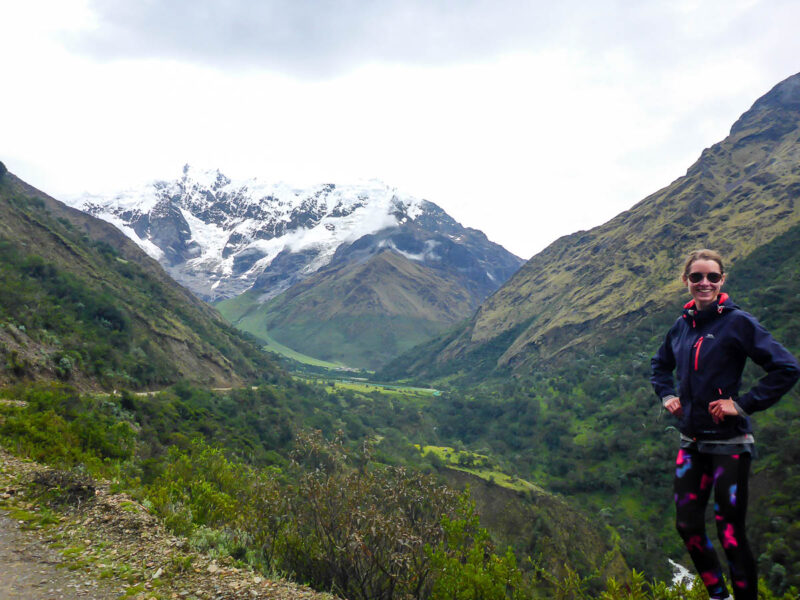
Why Choose Salkantay Trail over Inca Trail?
- Cheaper and easier to book
- Greater variety in landscapes
- Less busy
- Longer
- Good for experienced hikers, active people or those who want a challenge
- Moderate difficulty
- The Salkantay Trail climbs higher in elevation and is known for the challenging mountain terrain. It is also significantly longer than the Inca trail at 74 km/46 miles (the Inca Trail is 42 km/26 miles.)
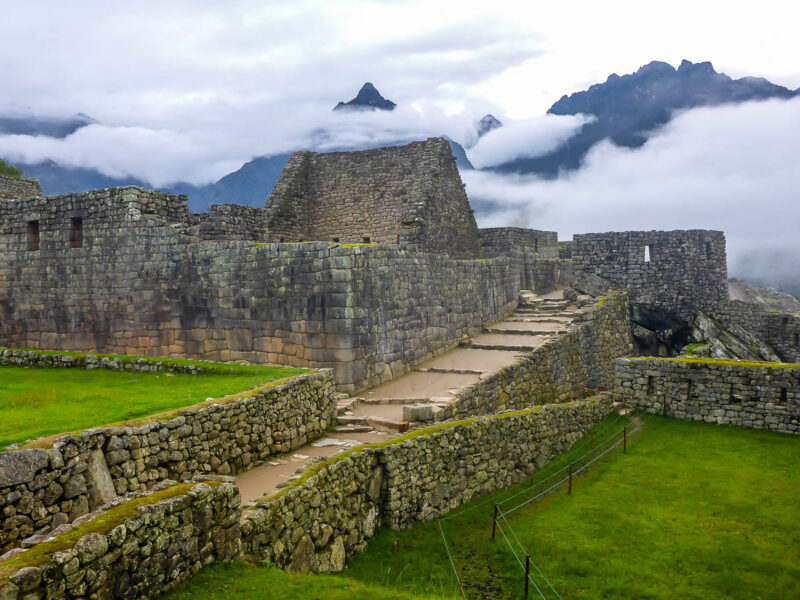
Weather
Peak Season
July and August are the best time of the year for hiking in Peru. These are the driest months. You will experience more sunny days, clearer skies, and less rain. These are also the busiest months. Expect more tourists and inflated prices.
High Season
May to October are considered the high seasons. The conditions are optimal for hiking. May/June and September/October will offer great weather with slightly fewer tourists than July/August.
Low Season
November to April is the rainy season. You can expect clouds and rain on most days. However, there are less tourists. The trek and ruins are less busy and prices may be cheaper.
With the rain also comes higher temperatures and higher humidity.
We visited during the rainy season in 2017 and despite battling the weather, still had an amazing experience. The downside to visiting in the rainy season is you may need to be more selective in the hikes and areas you visit. Some areas may not be feasible given the conditions.
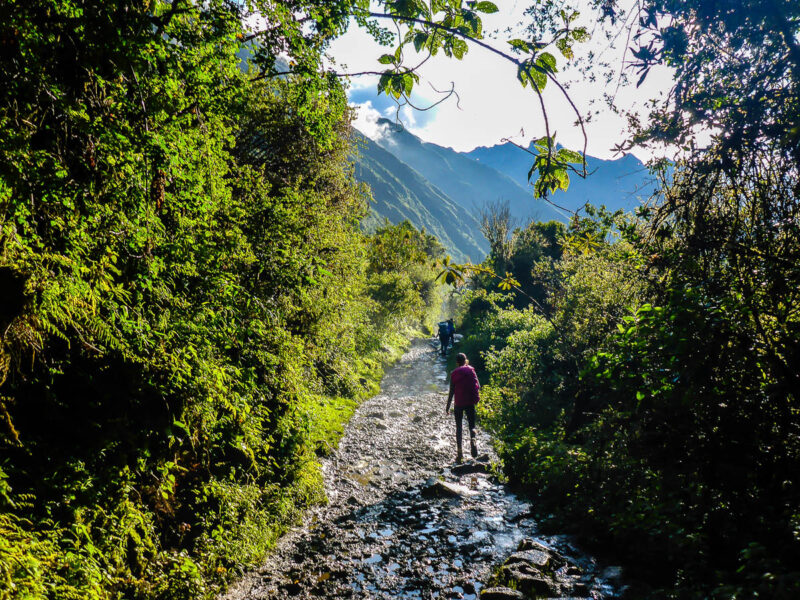
Practical Tips
- Acclimatize
- Spend at least 2 to 3 days in Cusco or the Sacred Valley to acclimatize to high altitude before starting the trek.
- Chewing coca leaves or drinking coca leaf tea may help combat altitude sickness.
- Take it easy, take it slow.
- Be prepared
- This is not for the inexperienced hiker. There are several long days with multiple elevation changes. Steep inclines, rapid declines, and tough terrain.
- Drink lots of water
- There are streams along the way to refill but you have to use a life-straw or purification tablets
- Bring antihistamines & other medications
- Speaking from experience, there are various insects and plants you may not be used to and could experience an allergic reaction.
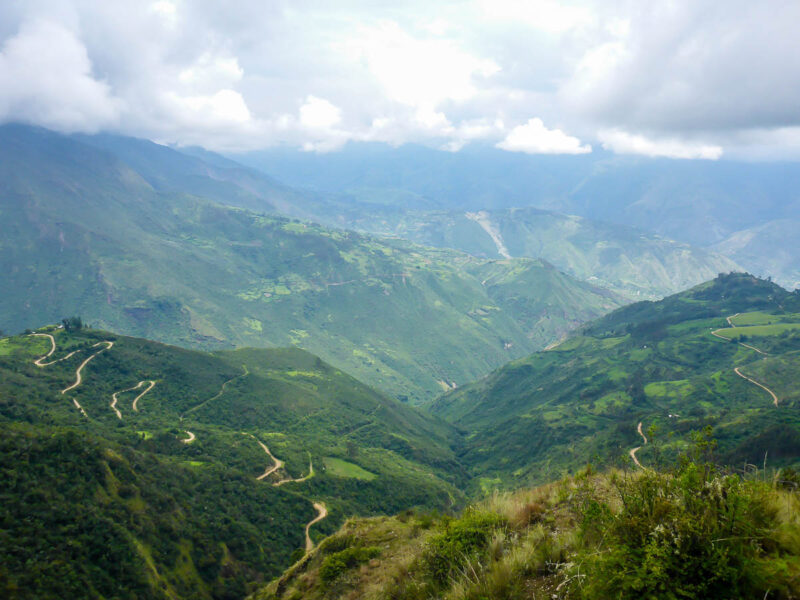
Packing Essentials
- Backpack with rain cover
- Layers
- Rain jacket, fleece layer, thermal or long sleeve, short sleeve, etc.
- Good shoes
- Hiking boots and sandals or flip flops
- Poncho
- Depending on time of year, you may want a poncho in addition to a rain jacket
- Hiking poles
- Hiking poles are not allowed in Machu Picchu but may be helpful for the trek
- Tent
- There are options along the way to stay in guest houses or tents already set up.
- If doing a guided trek, they may supply your accommodation
- If doing unguided and wanting to save money, bring your own tent.
- Sleeping bag
- Sleeping mat
- High calorie, portable snacks
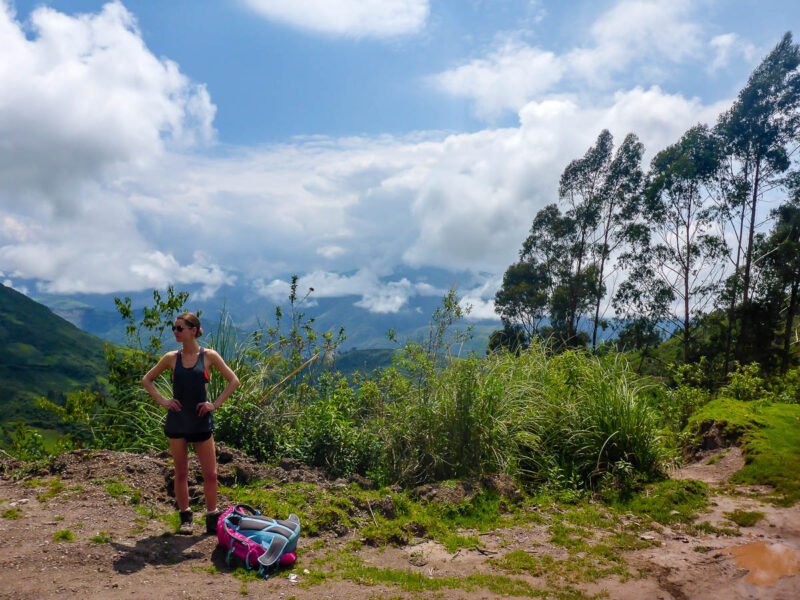
Tour vs. Unguided
- If booking a tour, you do not need to book months in advance. You could book the day before.
- It may be wise to book online with reputable companies. Rely on online reviews or word of mouth. If you are going to book something in person try to visit the places first and do your research before committing.
- Viatour is a reputable website to book tours.
- There are different lengths of tours and different inclusions.
If you do the trek unguided, there are varying degrees of how prepared you need to be. You can do everything yourself (bring all your own food and cook, bring a tent, etc.) or stay in guest houses and purchase food along the way. There are small shops along the trail and at camps to buy supplies including snacks and drinks.
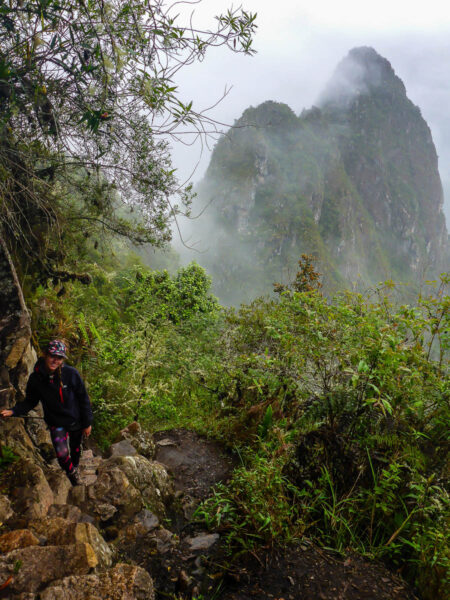
Other Things to Do:
If the joys of trekking aren’t enough enjoyment for you, there are plenty of activities along the way.
The first is the hot springs at Santa Teresa. The Cocalmayo Hot Springs are three pools situated between a small mountain and the Urubamba River.
Also located in Santa Teresa is a two hour zipline tour. It includes six ziplines, two waterfall rappels, and a suspension bridge.
Lastly, as mentioned earlier, when you arrive at Machu Picchu, there is the option to hike the Machu Picchu or Huayna Picchu mountains.
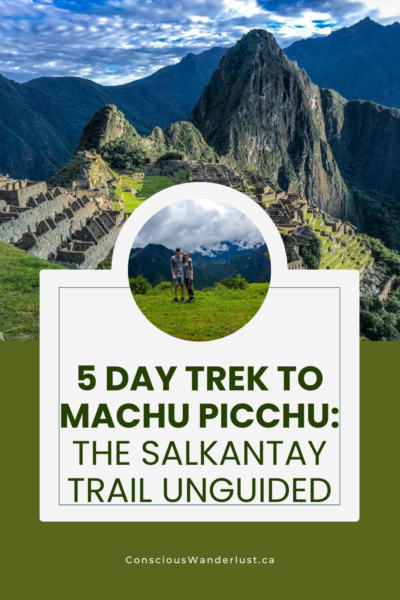

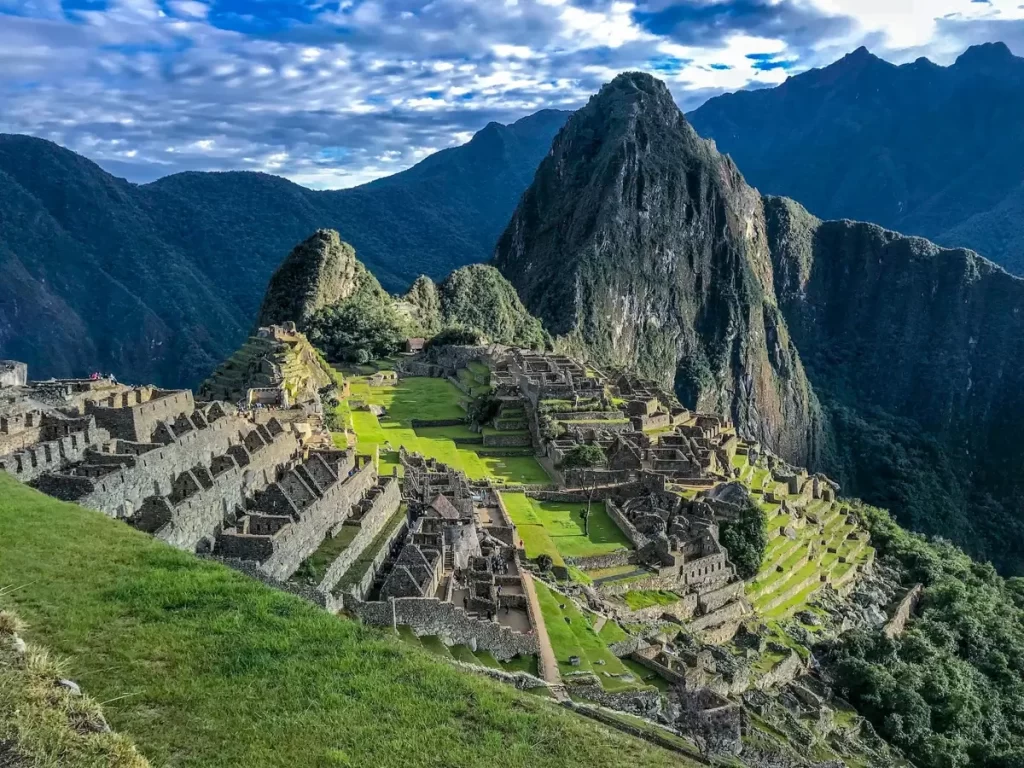
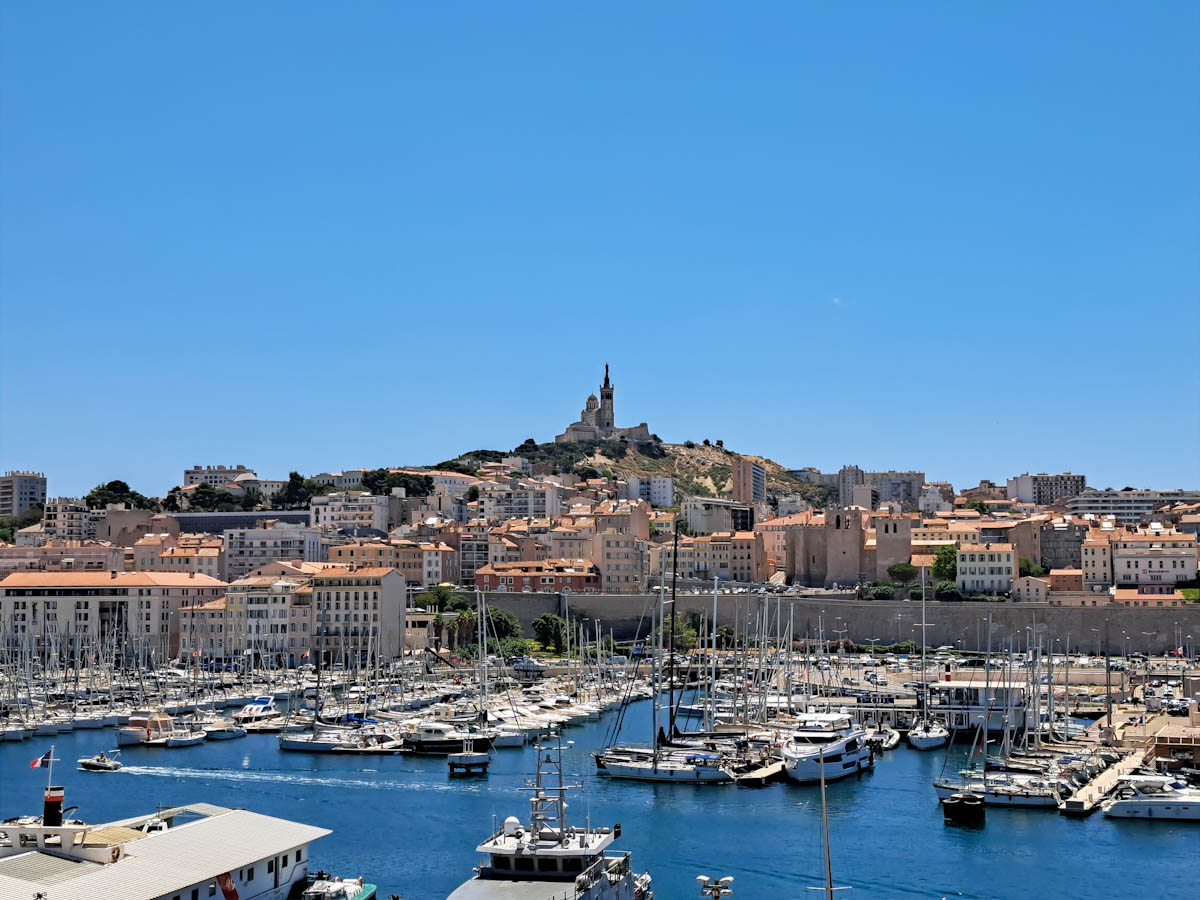
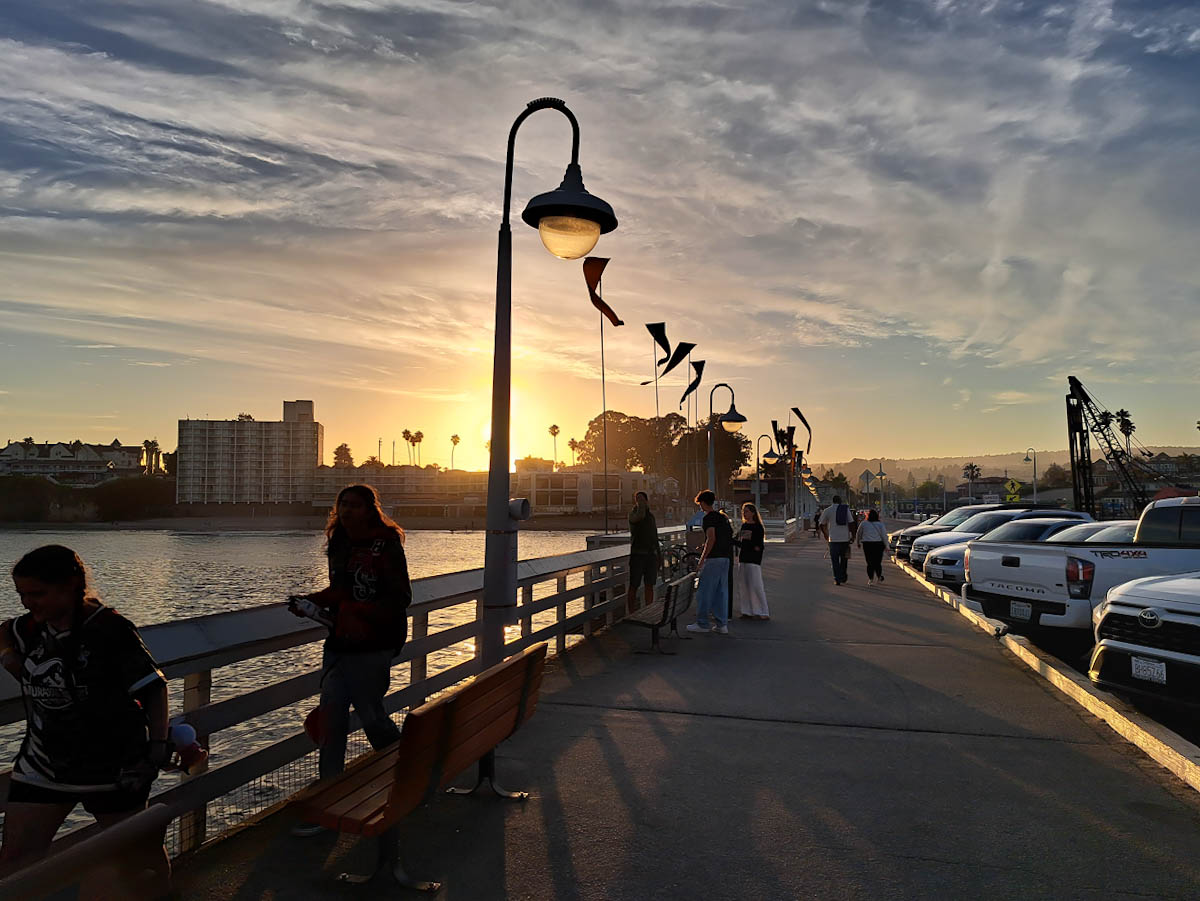
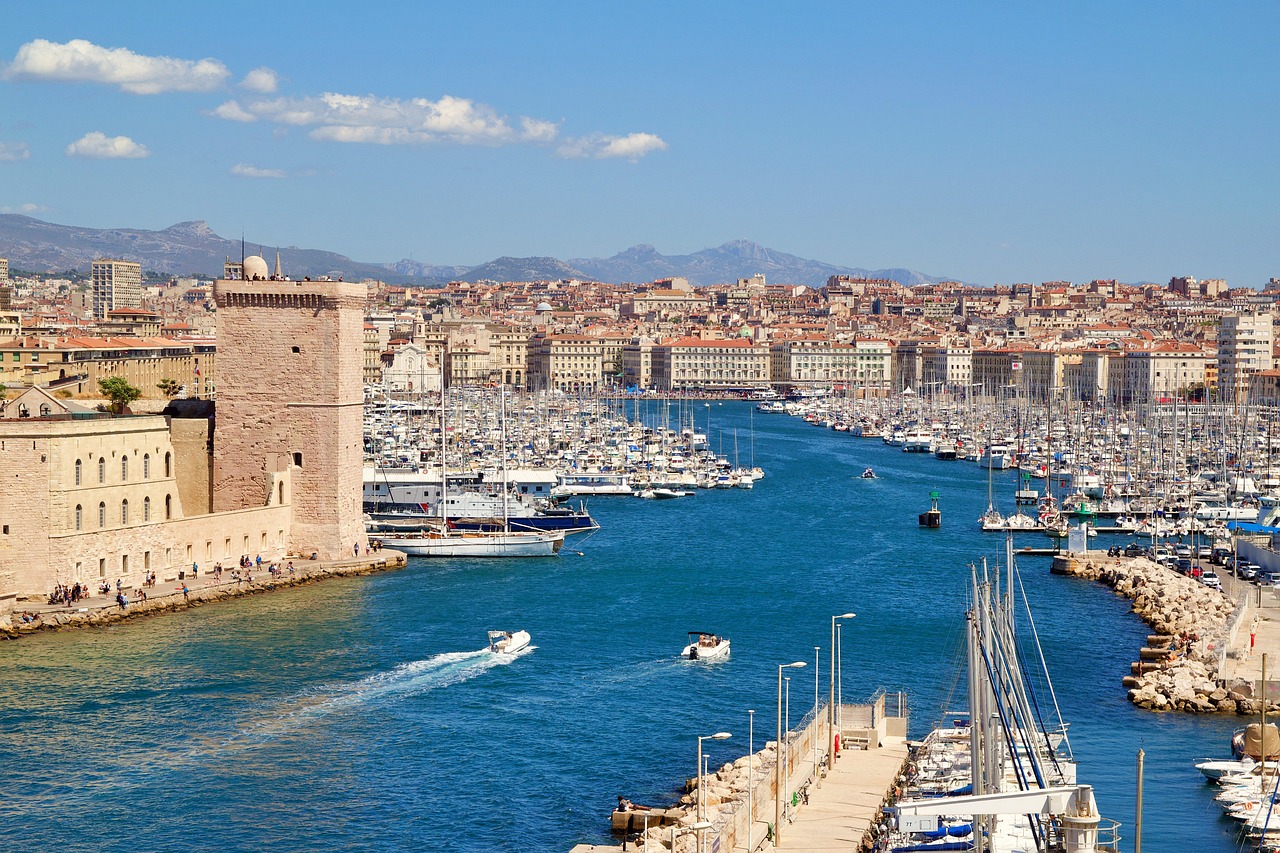

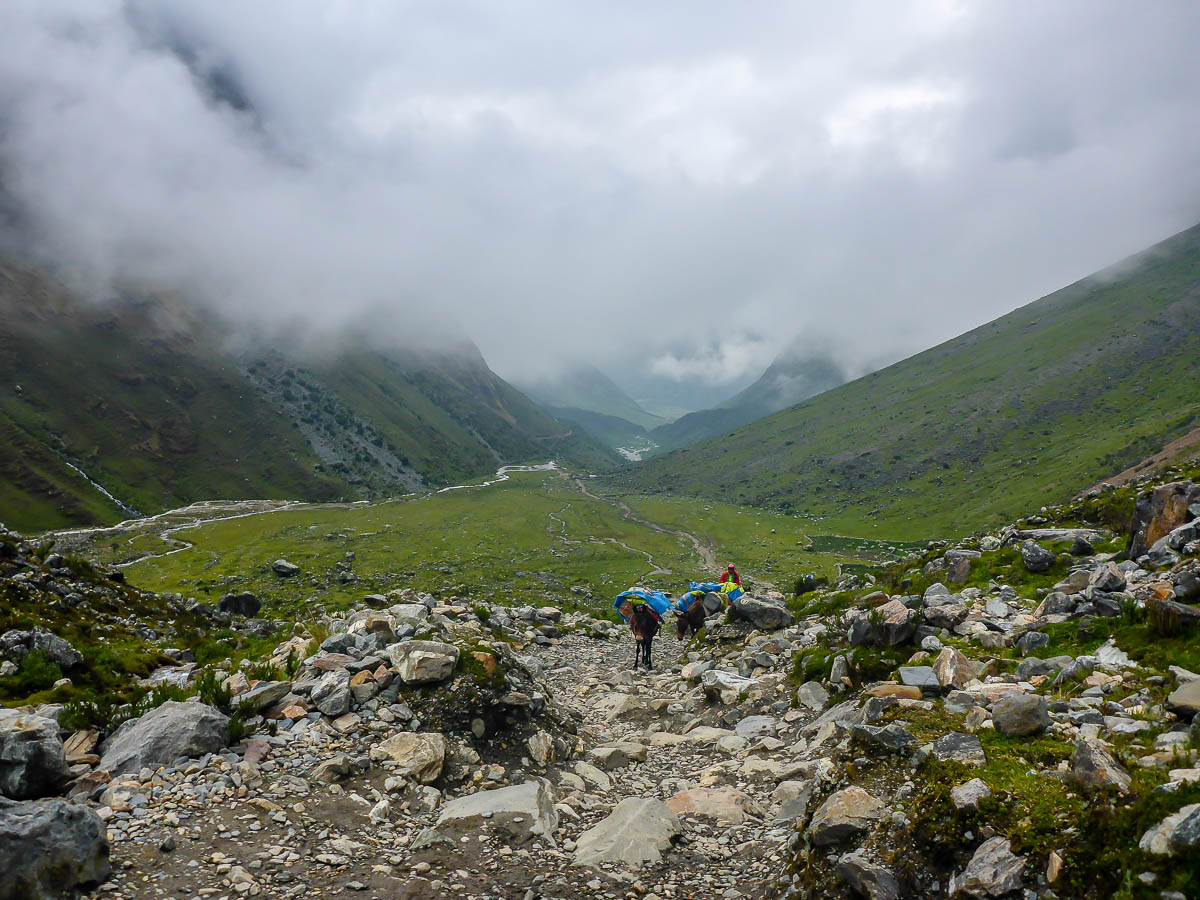
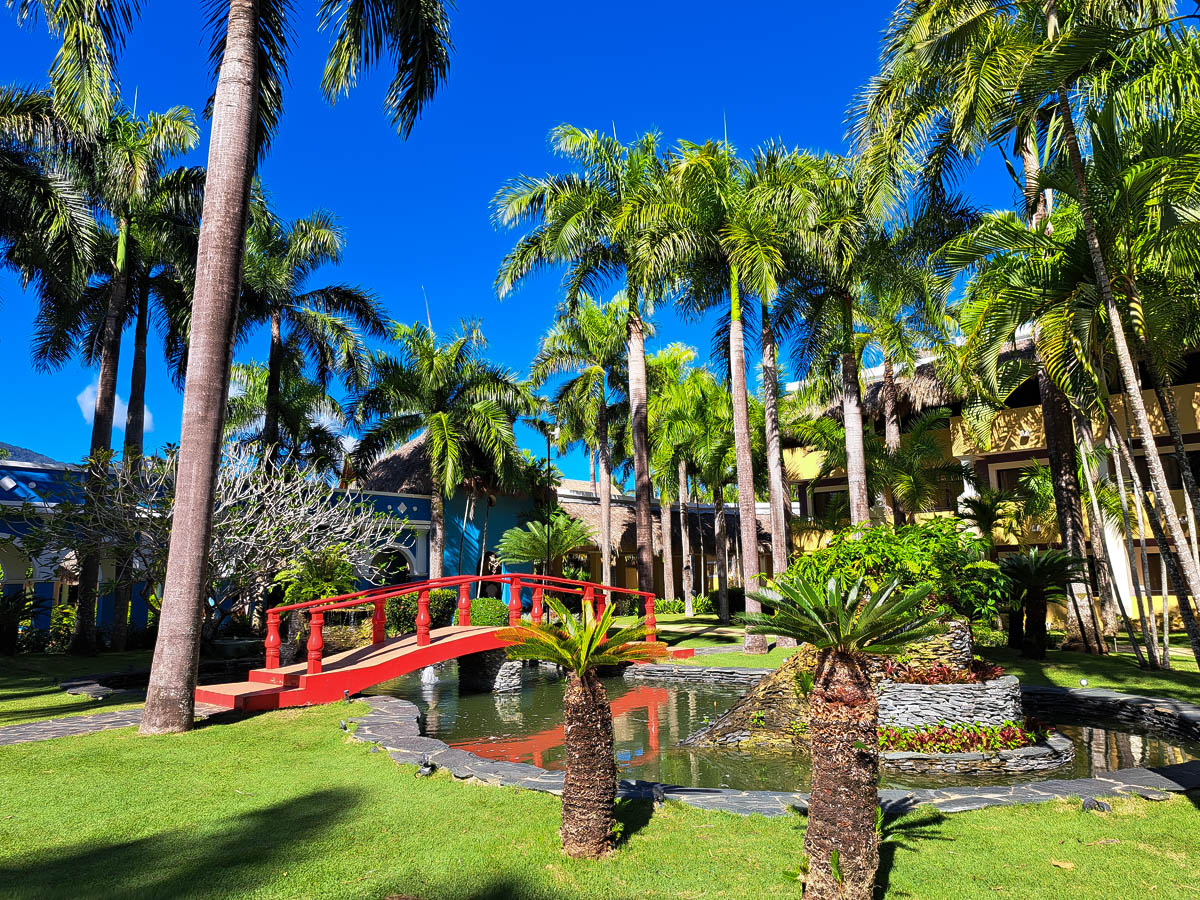
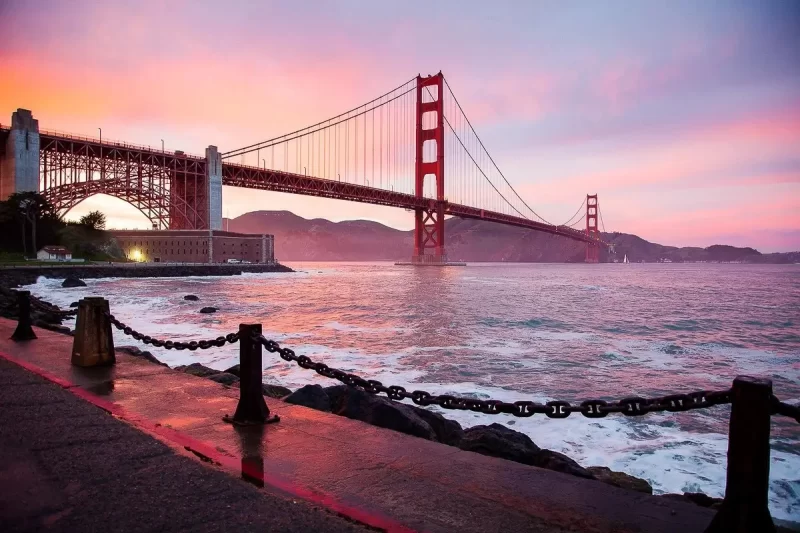
15 Responses
Great review, can you tell me if wanting to camp along the way do we need to prebook campsites or is it wild (free) camping
🎛️ Retro-future fusion! Sprunki Games blends 8-bit with hyperpop!
Super Ace by Jili Games offers a fun mix of strategy and luck with its 1024 ways to win. The free spins and wilds really boost the excitement. Check out Super Ace Jili for more insights!
I enjoyed reading this article. Thanks for sharing your insights.
Great article! It’s fascinating how strategic thinking in poker mirrors the creativity required in AI art tools like Ghibli AI. Both demand precision and vision.
Understanding betting patterns in baccarat can really sharpen your edge, especially with platforms like the Jili777 app offering AI-driven insights to boost gameplay strategy.
The future of AI is here with Manus AI. It’s impressive how it handles complex tasks autonomously-like a digital assistant that actually thinks ahead. Definitely a step closer to AGI.
Great post! It’s fascinating how decision biases can cloud our judgment, especially in high-stakes scenarios. For those looking to streamline their AI tool searches, AI Translation offers a smart, curated solution.
Great insights on AI integration! The MCP Cloud Platforms offer a solid foundation for secure, efficient AI-server interactions, making it easier for developers to enhance decision-making and data workflows.
Love how games like Sprunki Game evolve creativity-mixing music and visuals feels fresh, especially with those new beats and quirky characters. Perfect for casual and serious players alike!
Subway Surfers keeps you hooked with its fast-paced fun, but it’s great to take breaks too. Games like this remind us to enjoy without overdo. Check out Subway Surfers Game for a run worth remembering!
Understanding gambling behavior is key to enjoying games responsibly. Platforms like Jilislot offer engaging experiences, and their use of AI to analyze gameplay is an interesting step toward smarter play. Always remember-fun should come first.
Exploring AI tools can be overwhelming, but AIGO Tools simplifies the process with its well-organized directory. Their AI Content Detector is a standout for content creators seeking authenticity. A fresh take on tech discovery!
Loved the breakdown of game mechanics-it’s rare to see such depth! As a player, platforms like SuperPH elevate the experience with smooth gameplay and solid bonuses. Keep up the great work!
Just tried out JLJLPH-loved the live dealer games and smooth deposit process. It’s easy to see why it’s a hit in the Philippines. Great mix of slots and fishing games too!